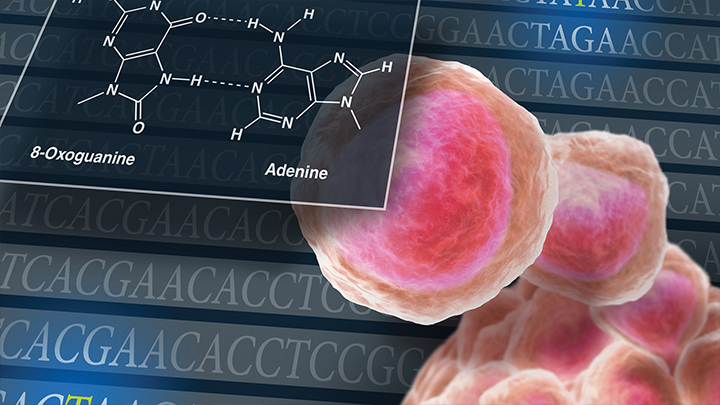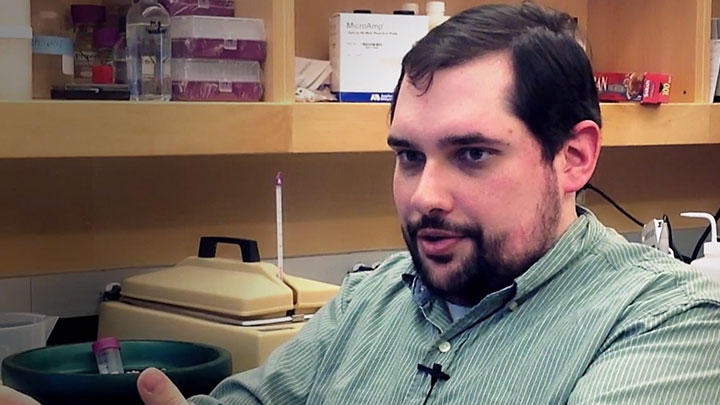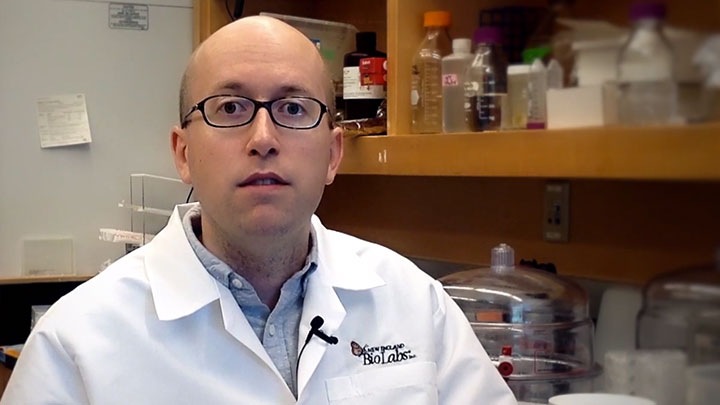Behind the Paper: Using the Human Methyl-Binding Domain to Partition Genomic DNA Derived from Plant Tissues
Script
If you take your plant tissue, it harbors three different genomes. Nuclear genome, chloroplast genome and the mitochondrial genome.
If you are interesting in sequencing, only chloroplast or mitochondrial genome sequencing, nuclear genome will be a waste of reagents and computation time.
There are different methods of isolating chloroplast or mitochondrial organelles, but they have drawbacks and therefore we wanted to develop a method that will make this enrichment of organelle DNA or nuclear DNA much easier and faster.
Last year, we developed reagents in New England Biolabs that allow us to separate the cellular host DNA from the microbial DNA. The way the reagent works is this protein specific binder methylated CpG is in the DNA.
For example host DNA like human DNA, is very rich in CpG. On the order that when compared to the host DNA, microbial DNA is essentially lacking the CpG methylation and therefore we can easily separate the human DNA from the microbial DNA.
We wanted to apply this reagent, into plant DNA to see if we could separate the plant DNA from the organelle DNA.
Our major finding in this study was that we could use a human method binding protein to partition the plant tissue into different genomic fractions which allows us to study different fractions individually. For instance, if we are interested in the nuclear genome, we could use the nuclear fraction. If we are interested in sequencing the chloroplast or the mitochondrial genome, we could focus on this particular genomes instead of sequencing everything.
Also, we have evidence that we can separate plant nuclear genome from the microbial genome, not only from organelle DNA, but that part requires more studies. Our original study was mostly mainly focusing on organelle large DNA.
Related Videos
-

Behind the paper: DNA damage is a pervasive cause of sequencing errors, directly confounding variant identification -

Behind the Paper with Greg Lohman -

Behind the Paper: Visual Detection of Isothermal Nucleic Acid Amplification Using pH-sensitive Dyes

